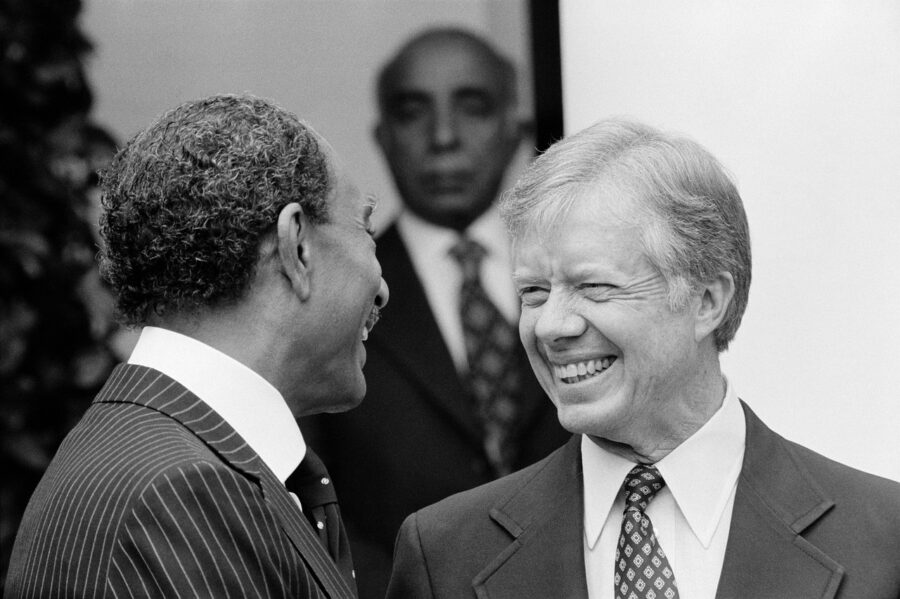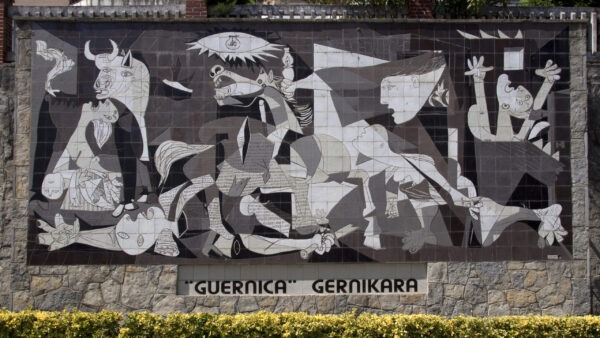Life and Impact of Jimmy Carter
From Peanut Farm to Public Service
As our nation bids farewell to Jimmy Carter, who left us at the remarkable age of 99, we’re reminded of a man whose legacy extends far beyond his presidency – a peanut farmer from Plains, Georgia, who became not just a leader, but a beacon of humanitarian service.
Born James Earl Carter Jr. in 1924, Jimmy’s early life was shaped by the simplicity of rural Georgia and the values instilled by his parents. His father was a successful peanut farmer, and his mother, Miss Lillian, worked as a nurse, breaking barriers by treating African American patients in an era of segregation. These early experiences would profoundly influence his lifelong commitment to human rights and dignity.
From Naval Officer to President
What made Carter unique wasn’t just his path to the presidency, but the way he carried himself through life’s journey. Before entering politics, he was a naval officer, working on nuclear submarines – a testament to his intellectual capacity and dedication to service. His down-to-earth nature, exemplified by carrying his own luggage into the White House and choosing to return to his modest home in Plains after his presidency, spoke volumes about his character.
During his presidency (1977-1981), Carter faced enormous challenges. While his term was marked by difficulties like the Iran hostage crisis and economic struggles, it also saw remarkable achievements. The Camp David Accords between Israel and Egypt stand as perhaps his greatest diplomatic triumph, showing how peaceful negotiation could succeed where conflict had failed.
The Remarkable Carter-Rosalynn Partnership
But it’s what Carter did after leaving the White House that truly defines his legacy. While most former presidents chose comfortable retirement, Carter rolled up his sleeves and got to work. Through the Carter Center, he and his beloved wife Rosalynn dedicated themselves to advancing human rights, monitoring elections, and fighting diseases in developing nations. Their work with Habitat for Humanity showed that even a former president could pick up a hammer and help build homes for those in need.
His fight against Guinea worm disease, which has nearly eradicated this terrible parasite, demonstrates how one person’s dedication can change millions of lives. When Carter began this work, there were about 3.5 million cases annually. Today, thanks to his efforts, there are merely dozens.
Carter’s marriage to Rosalynn was a partnership in the truest sense. Their 77-year marriage wasn’t just the longest in presidential history; it was a testament to devotion, mutual respect, and shared purpose. Their love story, which began when he was three years old and she was a newborn neighbor, reminds us that behind every great person is often another great person.
Continuing Service and Teaching
In his final years, even as cancer and age took their toll, Carter continued teaching Sunday school in Plains, sharing wisdom and faith with anyone who would listen. His humility, integrity, and unwavering commitment to service set a standard for what a public servant – and a human being – should aspire to be.
As we reflect on Jimmy Carter’s life, we’re reminded that greatness isn’t measured solely by power or prosperity, but by the lives we touch and the good we do for others. His legacy isn’t just about political achievements; it’s about showing us that one person, guided by compassion and determination, can help make the world a better place.
In Carter’s own words, “I have one life and one chance to make it count for something.” By any measure, he made his life count for so much more than something – he made it count for countless others.
Carter as Elder Statesman
During the historic 2008 presidential election, Jimmy Carter emerged as a significant voice of experience and wisdom, demonstrating how former presidents can remain influential in American political discourse long after leaving office. While Barack Obama and John McCain dominated the headlines, Carter’s presence and commentary provided valuable historical context and insight into the presidential transition process.
As one of the few living former presidents at the time, Carter offered unique perspectives on the challenges facing the incoming administration. His experience as both a Democratic president and a long-serving humanitarian leader made him particularly qualified to comment on the intersection of domestic policy and international relations that would face the next president.
Carter’s role during this period highlighted how former presidents can transcend their original political moments to become elder statesmen. His continued work with the Carter Center and his diplomatic missions during this time showcased how political figures can remain relevant and influential even decades after their terms end. This was particularly evident in his commentary on Middle East peace processes and human rights issues during the campaign season.
The 2008 election period also demonstrated Carter’s ability to bridge different eras of Democratic politics, from his own presidency in the 1970s to the dawn of the Obama era. His presence served as a reminder of how presidential legacies evolve and how former presidents can continue to shape political discourse long after leaving office.

Originally posted 2024-12-30 13:28:30.




